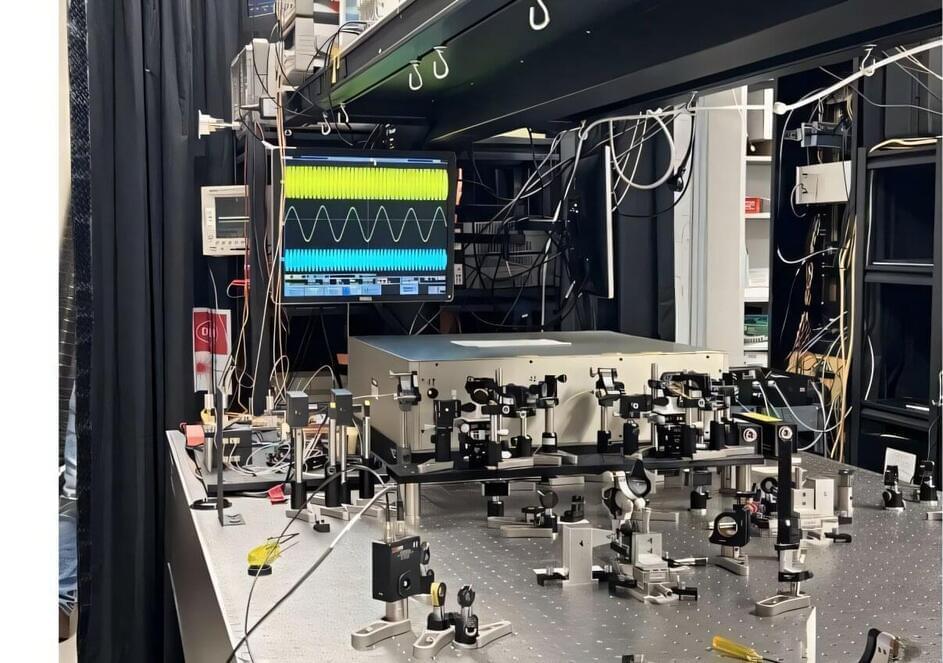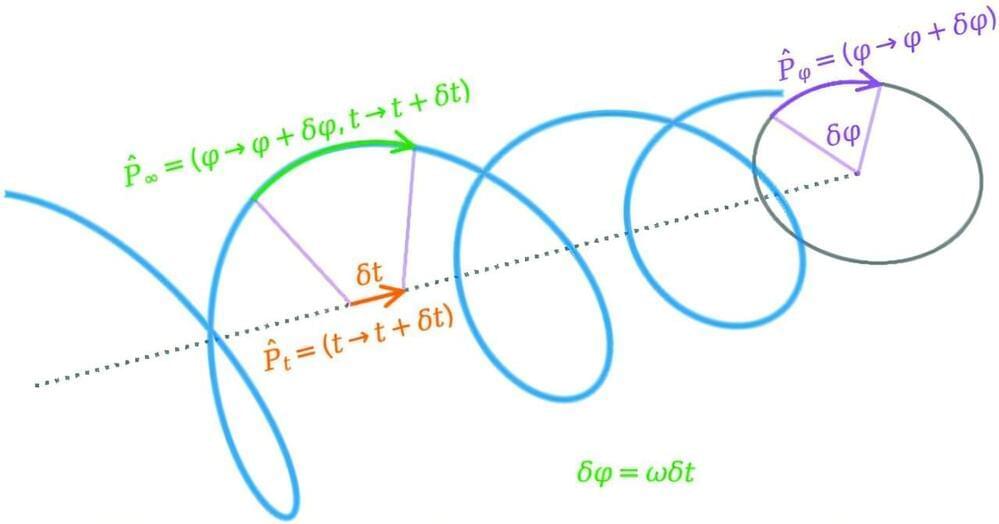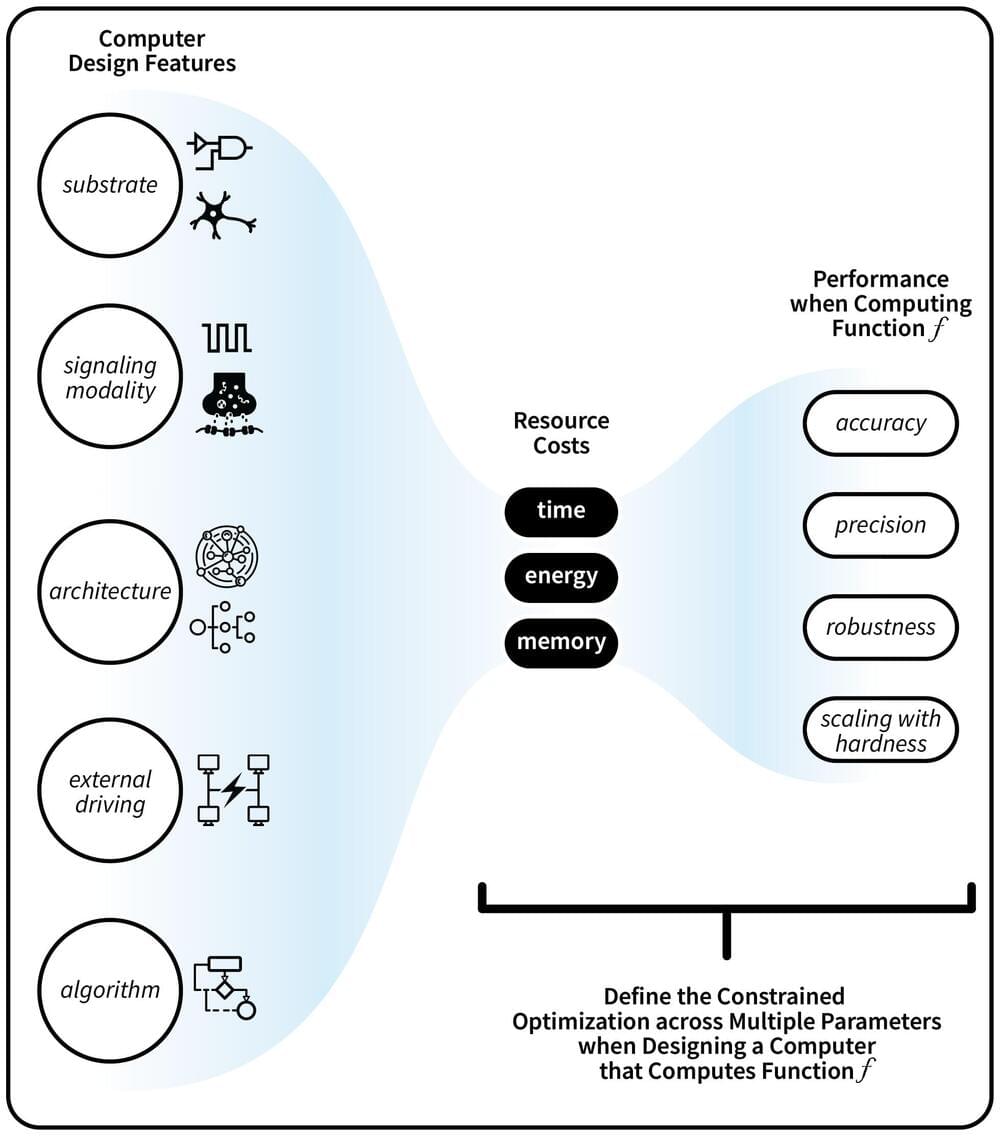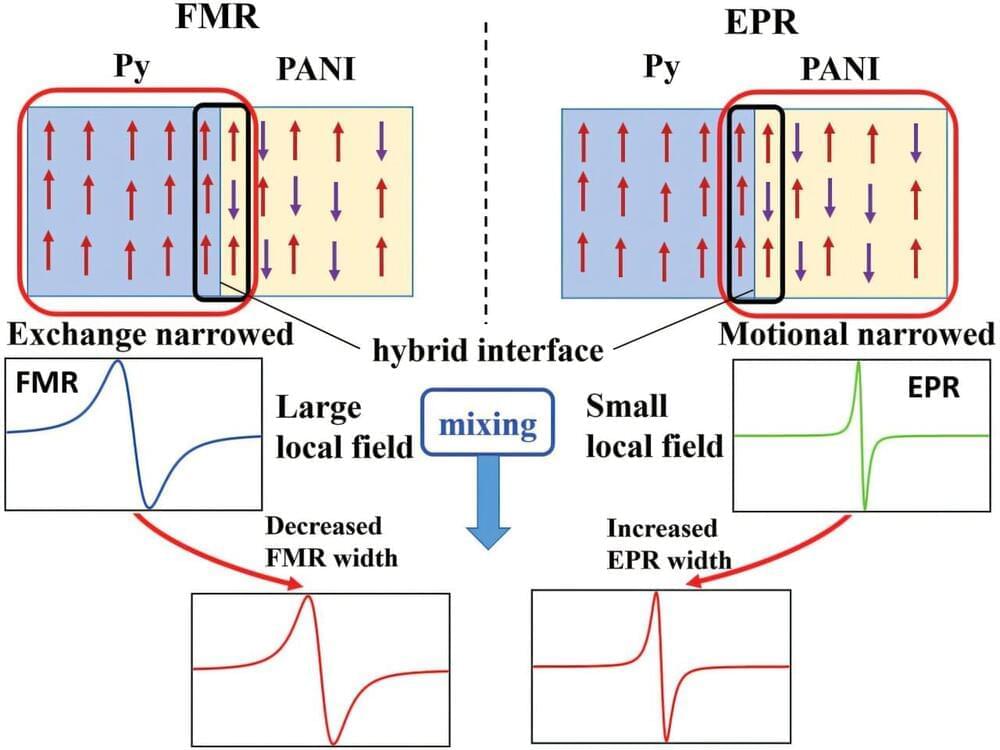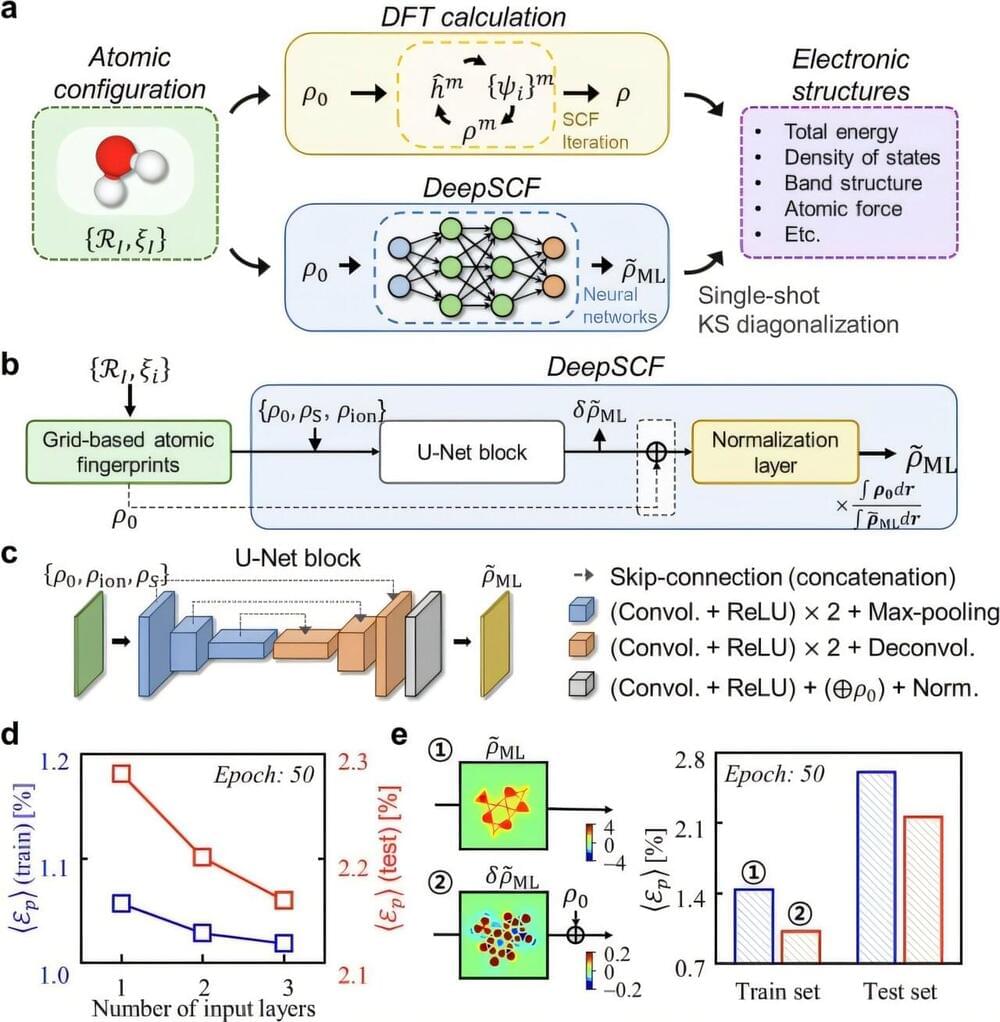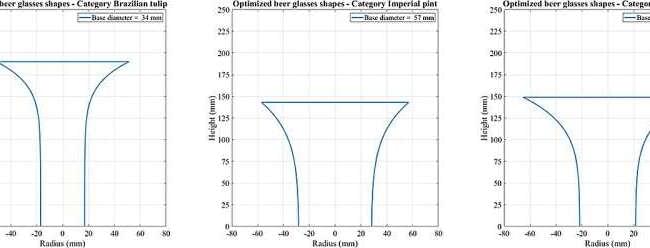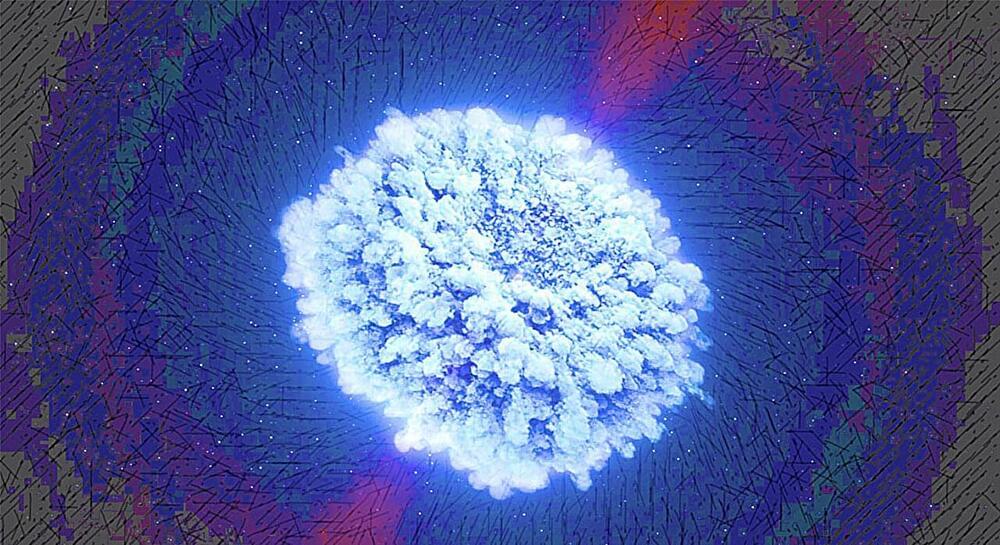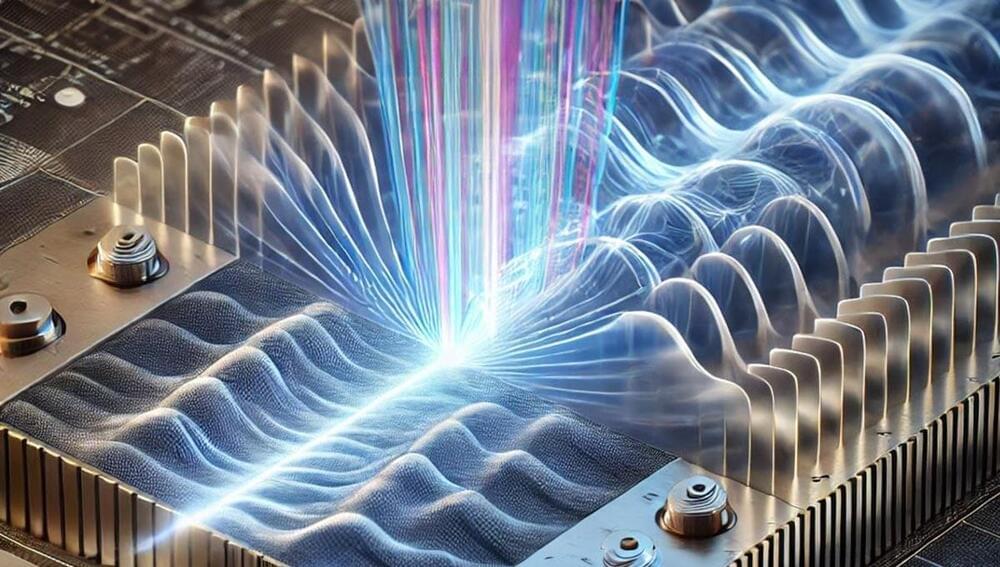Researchers have developed a new ultrafast laser platform that generates ultra-broadband ultraviolet (UV) frequency combs with an unprecedented one million comb lines, providing exceptional spectral resolution. The new approach, which also produces extremely accurate and stable frequencies, could enhance high-resolution atomic and molecular spectroscopy.
The conservation law is a fundamental tool that significantly aids our quest to understand the world, playing a crucial role across various scientific disciplines. Particularly in strong-field physics, these laws enhance our comprehension of atomic and molecular structures as well as the ultrafast dynamics of electrons.
Two systems exist in thermal equilibrium if no heat passes between them. Computers, which consume energy and give off heat as they process information, operate far from thermal equilibrium. Were they to stop consuming energy—say you let your laptop discharge completely—they would stop functioning.
Electrons spin even without an electric charge and this motion in condensed matter constitutes spin current, which is attracting a great deal of attention for next-generation technology such as memory devices. An Osaka Metropolitan University-led research group has been able to gain further insight into this important topic in the field of spintronics.
Quantum computers hold the promise to emulate complex materials, helping researchers better understand the physical properties that arise from interacting atoms and electrons. This may one day lead to the discovery or design of better semiconductors, insulators, or superconductors that could be used to make ever faster, more powerful, and more energy-efficient electronics.
The close relationship between AI and highly complicated scientific computing can be seen in the fact that both the 2024 Nobel Prizes in Physics and Chemistry were awarded to scientists for devising AI for their respective fields of study. KAIST researchers have now succeeded in dramatically shortening the calculation time of highly sophisticated quantum mechanical computer simulations by predicting atomic-level chemical bonding information distributed in 3D space using a novel approach to teach AI.
Spectroscopic study on a kagome magnet thin film uncovers the local-moment nature of the magnetism in the presence of topological flat bands, as well as a strong spin-and orbital-selective electronic correlation effect.
Claudio Pellegrini, a professor of thermal and fluid sciences at the Federal University of São João del-Rei in Brazil, has calculated the optimal shape for a beer glass to keep the beer cold for as long as possible. He has written a paper describing his analysis of beer glass shapes and posted it on the arXiv preprint server.
The temperature of elementary particles has been observed in the radioactive glow following the collision of two neutron stars and the birth of a black hole. This has, for the first time, made it possible to measure the microscopic, physical properties in these cosmic events.
UCLAs new unidirectional imaging technology enables image formation in a single direction, preventing image capture in the reverse direction.
This novel technology, which operates effectively under partially coherent light, offers significant advancements in optical communication and visual information processing by providing selective, high-quality imaging.
Unidirectional Imaging
